6 Healthiest Fruits to Eat During Summer For a Beautiful Body (Inside and Out)
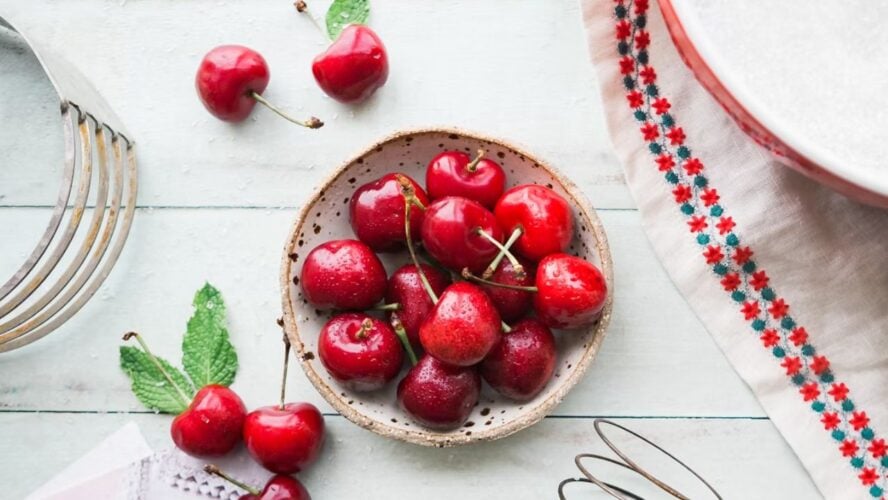
The healthiest fruits to eat during summer are easily accessible and are simply delicious. Often, with the convenience of being able to access any kind of fruit or vegetable year-round, we forget what it means to purchase seasonal ingredients.
This summer, keep tabs on what’s in season, as doing so brings you that much closer to the food you eat and the health you seek. Here are 6 of the healthiest fruits this season and the reasons you should be eating them.
Sign up for the newsletter for more natural wellness tips.
1. Apricots
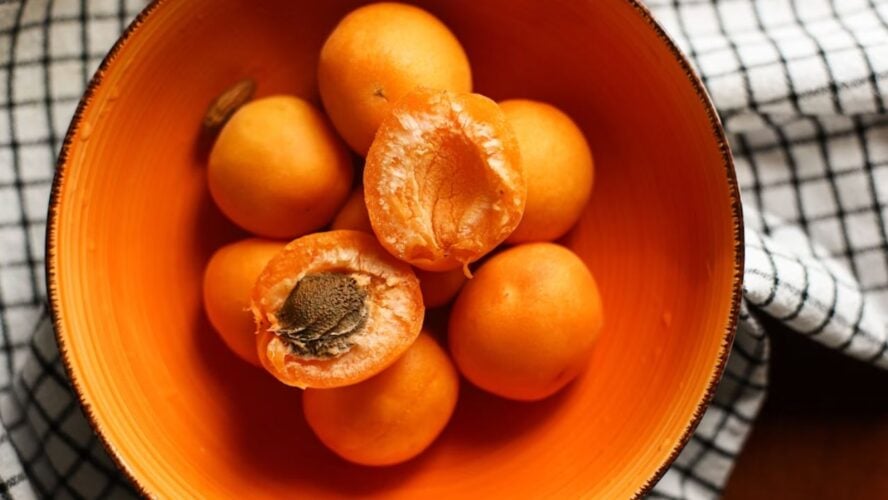
One cup of apricot halves bears 75 calories, 401 milligrams of potassium, 3.1 grams of dietary fiber, 2.2 grams of protein, 59% of the RDA of vitamin A, 25% of the RDA of vitamin C, as well as a good amount of calcium, iron, vitamin B-6, and magnesium.
The apricot may be a small fruit, but it sure packs a healthy punch. Rich in vitamin A, apricots promote healthy vision, proper immune system function, reproduction, and healthy skin, teeth, and skeletal and soft tissue.
Vitamin A also plays a role in cancer and eye disorder prevention. Potassium is also a prominent player in apricots. The mineral balances electrolytes in the body and assists in muscle and heartbeat function. Potassium also plays a role in supporting strong bones and normal blood pressure levels. Apricots are also fiber-rich and thus great in maintaining a healthy digestive tract and keeping weight in check1.
2. Blackberries

One cup of blackberries contains 62 calories, 8 grams of dietary fiber, 2 grams of protein, 50% of the RDA of vitamin C, and a good amount of potassium, vitamin A, calcium, iron, and magnesium.
Blackberries are full of dietary fiber, which is crucial for the health of the digestive tract. They also contain a hefty amount of vitamin C, which is necessary for growth and development, such as of the skin, tendons, ligaments, and blood vessels, as well as for repair and maintenance, such as for cartilage, bones, and teeth. Vitamin C helps prevent cancer, heart disease, and arthritis. A study has shown that blackberries also improve motor and cognitive function2.
3. Cantaloupe

One cup of diced cantaloupe has 52 calories, 417 milligrams of potassium, 1.4 grams of dietary fiber, 1.3 grams of protein, 105% of the RDA of vitamin A, 95% of the RDA of vitamin C, and a good amount of iron, vitamin C-6, magnesium, and calcium.
Cantaloupe contains the water-soluble B-vitamin folate, which is important in the maintenance and growth of cells in the body as well as in the prevention of anemia. Folate is also crucial for brain and nerve health. Cantaloupe is also rich in carotenoids, which can decrease the risk of cardiovascular diseases and certain types of cancer3. The carotenoids lutein and zeaxanthin are helpful in improving vision.
4. Cherries
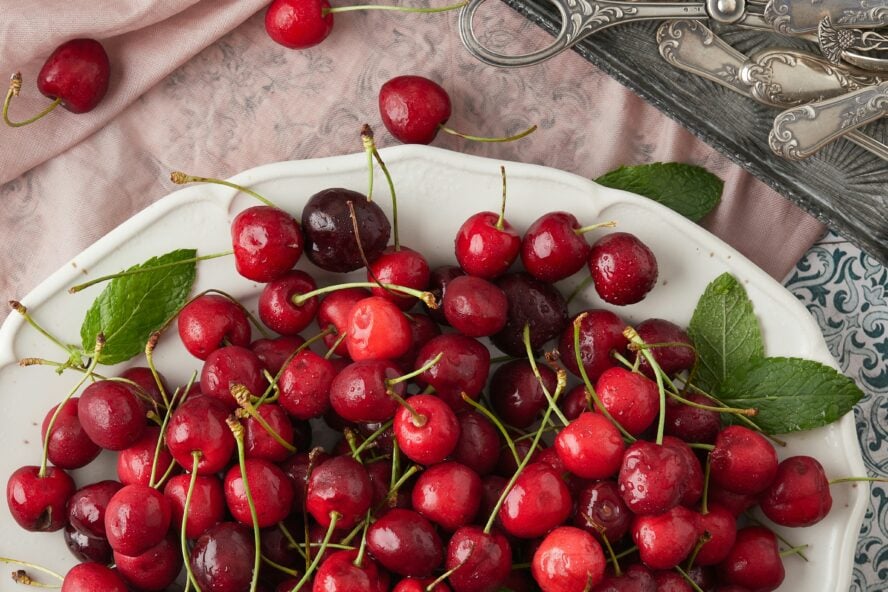
One cup of cherries yields 51 calories, 26% of the RDA of vitamin A, 17% of the RDA of vitamin C, and calcium, iron, and magnesium.
Fruits like cherries, with the entirety of the flesh closer to the seed, are generally among the most nutritionally dense fruits out there4. Cherries are rich in anthocyanins, quercetin, hydroxycinnamates, potassium, fiber, vitamin C, carotenoids, and melatonin. These compounds work together to prevent cancer, cardiovascular disease, diabetes, inflammation, and Alzheimer’s.
5. Figs
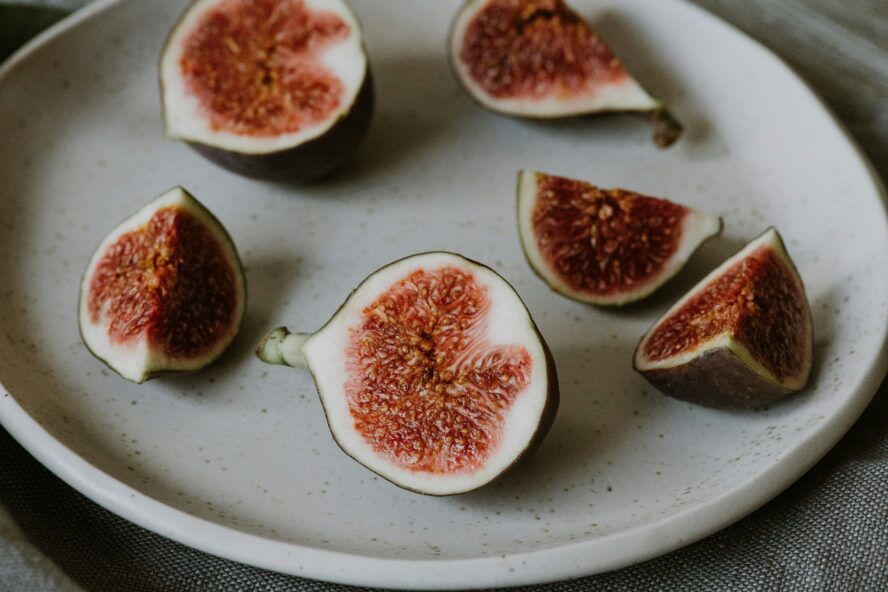
One hundred grams of fresh figs hold 74 calories, 232 milligrams of potassium, 2.9 grams of dietary fiber, and a good amount of vitamin A, calcium, vitamin C, iron, vitamin B-6, and magnesium.
Figs, especially dried figs, are one of the healthiest fruits to eat during the summer. Figs are essentially a healthy digestive system, due to their dietary fiber content. They contain prebiotics, which promote good bacteria in the gut5. Figs are also hefty enough to give you a sense of fullness without weighing you down. Their calcium content also means you support bone density with each bite. I personally love tossing them into a salad for extra texture and taste.
6. Peaches
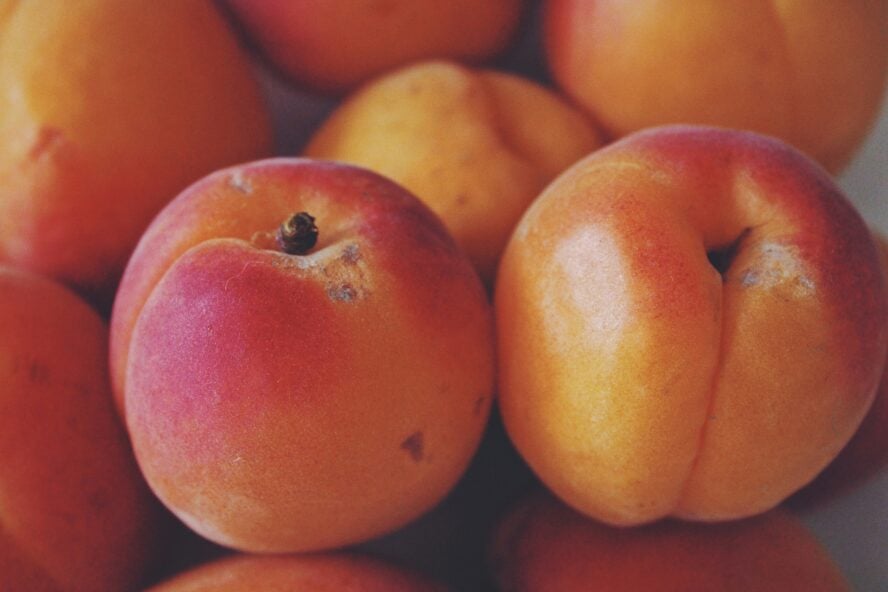
One cup of peach slices has 61 calories, 2.3 grams of dietary fiber, nearly 300 milligrams of potassium, 1.4 grams of protein, 10% of the RDA of vitamin A, 17% of the RDA of vitamin C, and a good amount of iron and magnesium.
Like the other fruits on this list, peaches, too, are rich in antioxidants. They contain chlorogenic acid, which is found in the skin and protects the body from inflammation, cancer, obesity, and aging. In China, peach tea is a detoxifying agent, cleansing the body of toxins and helping you to put your best face forward. Peaches also contain beta-carotene, which the body converts to vitamin A, a compound necessary for healthy skin and eyes.
Related on Organic Authority
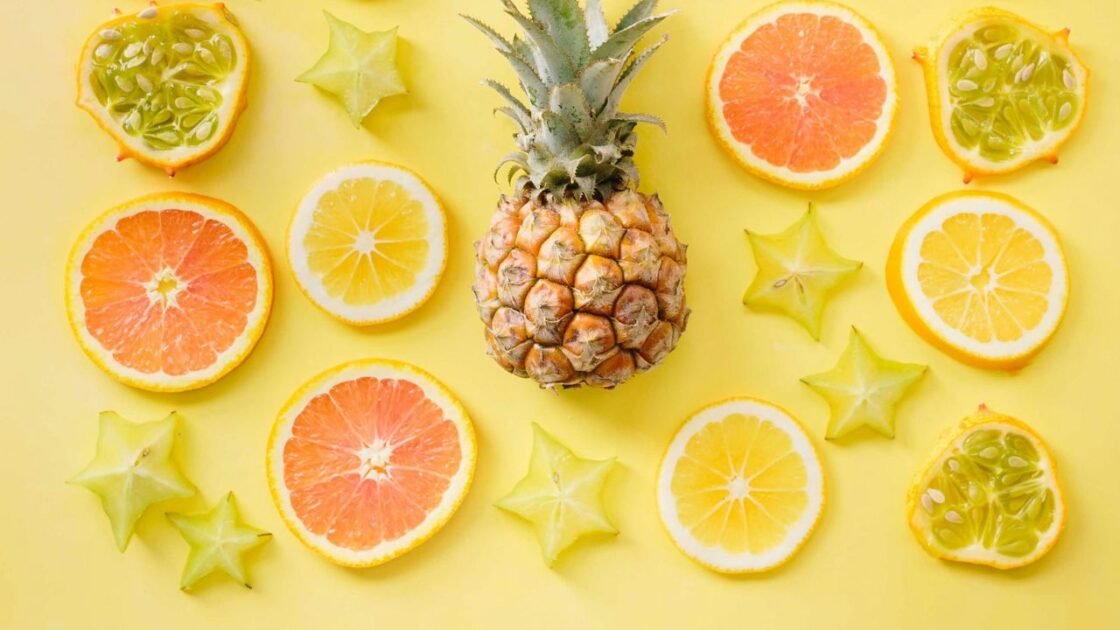
15 Delicious, Farm-Fresh Summer Fruit Recipes (Prepare to Drool!)
The 5 Best U.S. Farmers Markets to Find Summer’s Freshest Fruits and Veggies
9 Savory Fruit Salad Recipes for a Delicious Summer
Sources:
- https://pmc.ncbi.nlm.nih.gov/articles/PMC9370680/
- https://pmc.ncbi.nlm.nih.gov/articles/PMC10418693/
- https://pmc.ncbi.nlm.nih.gov/articles/PMC11377003/
- https://pmc.ncbi.nlm.nih.gov/articles/PMC8376227/
- https://pmc.ncbi.nlm.nih.gov/articles/PMC10255635/

